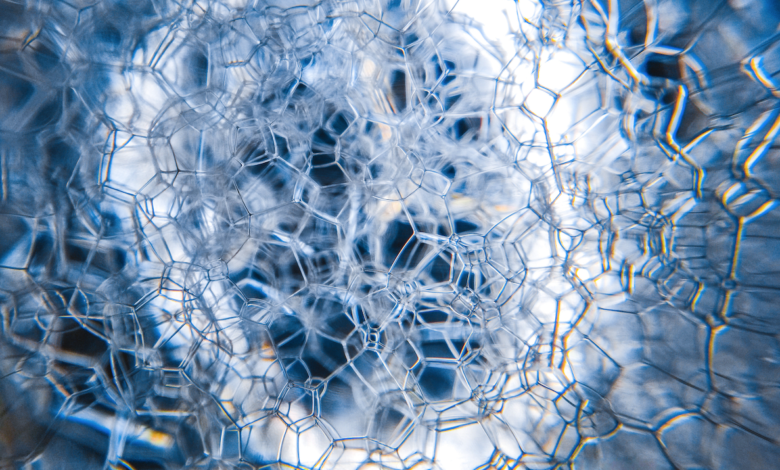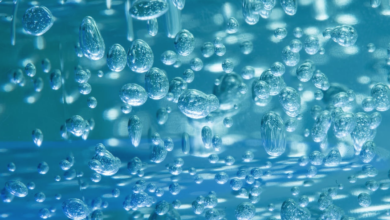More efficient atmospheric water collection with interwoven hydrogels

Thanks to new hydrogels and sunlight, atmospheric water collection increases compared to competitors
Freshwater scarcity is a serious global problem, devastatingly impacting economic development and quality of life. Atmospheric water collection by absorption emerges as a promising solution to address this crisis. However, salt-hydrogel hygroscopic composites (HSHC), while effective, are limited by the slowness of their water absorption and desorption dynamics.
The solution of woven net hydrogels
A team of researchers from the Ningbo Institute of Materials Technology and Engineering (NIMTE) of the Chinese Academy of Sciences may have found a solution. In a study published in Advanced Materials, the team revealed a significant advancement in technology. The researchers developed a braided-net hydrogel using a cryogelation method, which allows for rapid and efficient collection of water from the atmosphere.
The research was conducted in collaboration with the Max Planck Institute of Microstructure Physics. It employed cryogelation to create a stable macroporous structure within the interwoven hydrogels. These new hydrogels show superior mass transport performance compared to conventional ones used in HSHC.
An enviable yield from the new hydrogels
By incorporating lithium chloride and photothermal graphene oxide flakes, the researchers obtained hydrogels with high hygroscopic capabilities. These colloids have improved moisture absorption and water desorption kinetics accelerated by solar energy.
The prototype collector they developed showed a yield of 2.85 liters of water per kilogram of absorbent per day. The system can perform eight continuous cycles of absorption and desorption under natural sunlight. The result exceeds the performance of traditional hydrogels.
Innovation could have potential not only in water collection, but also in areas such as batteries, catalysis and biomedicine. A significant step towards sustainable solutions for water management and other emerging technology applications.





